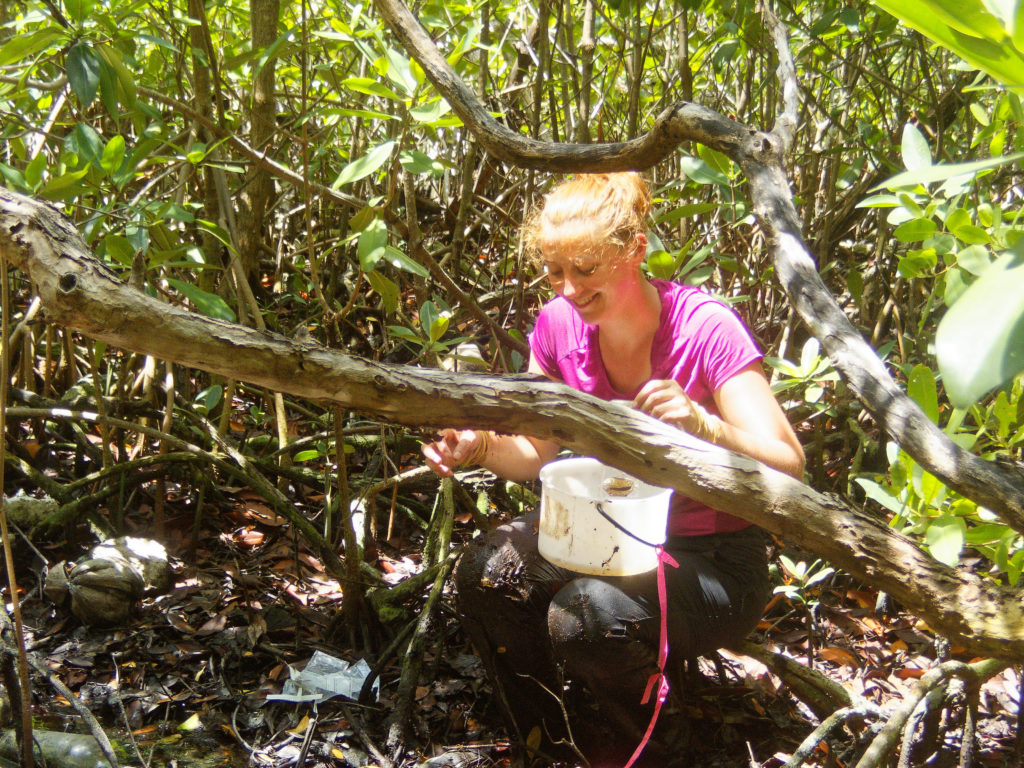
At a first glance, mangrove rivulus appears like ordinary fish. However, this species possesses an extraordinary life-history that has been the subject of interest of many scientists since its discovery.
The mangrove rivulus, Kryptolebias marmoratus, is found over a huge geographic range, comprising the coastal lines of Central America, Southern North America to the mouth of Amazon River in South America. It is closely affiliated with the red mangrove Rhizophora mangle.
Major habitats of mangrove rivulus are burrows excavated by land crabs. The abiotic conditions in the burrows are highly variable, fluctuating with tides, weather and seasons. They’re characterized by generally low dissolved oxygen, high levels of hydrogen sulfide from rotting mangrove leaves and a fluctuating salinity.

The first amazing fact about this fish is that they are not bothered at all by these harsh conditions. When the conditions become too extreme, they even emerse and they are able to live out of water for more than 2 months. The cues that trigger emersion are high levels of H2S, low dissolved O2, hunger, drought, or agression from other fish. They stay in moist leaf litter or in insect tunnels within rotting logs. While out of water, the skin takes the function of the gills : dense networks of blood vessels below the surface of the skin allows the uptake of oxygen. This species displays thus high levels of phenotypic plasticity, which is the fact that a given genotype can lead to different phenotypes depending on the environmental conditions.
The second surprising fact is their mode of reproduction. They are the only vertebrates known to be hermaphrodites and able to self-fertilize. Long bouts of self-fertilization lead to genetically identic homozygous lineages. Males occur in some populations, allowing some sexual outcrossing with hermaphrodites and increasing genetic diversity. There is no female. The simultaneous occurance of males and hermaphrodites is called androdioecy.
For these two reasons, the mangrove rivulus provides an excellent model for the study of phenotypic plasticity. First, we can probably get more information about a species able to survive at the limits of tolerance (showing a high phenotypic plasticity) than one tolerating a narrow range of environmental conditions. Second, the avaibility of isogenic lineages eliminates the effect of genetic variability when looking at the effects of the environment on the phenotype.

The self-fertilizing mangrove rivulus as a model species in environmental epigenetics
Follow this link to read an excellent outreach article about our researches on the rivulus, published on the UNamur Newsroom.
Personal pictures of the mangrove rivulus can be found here.
Documentary about searching for the mangrove rivulus can be watched here.
